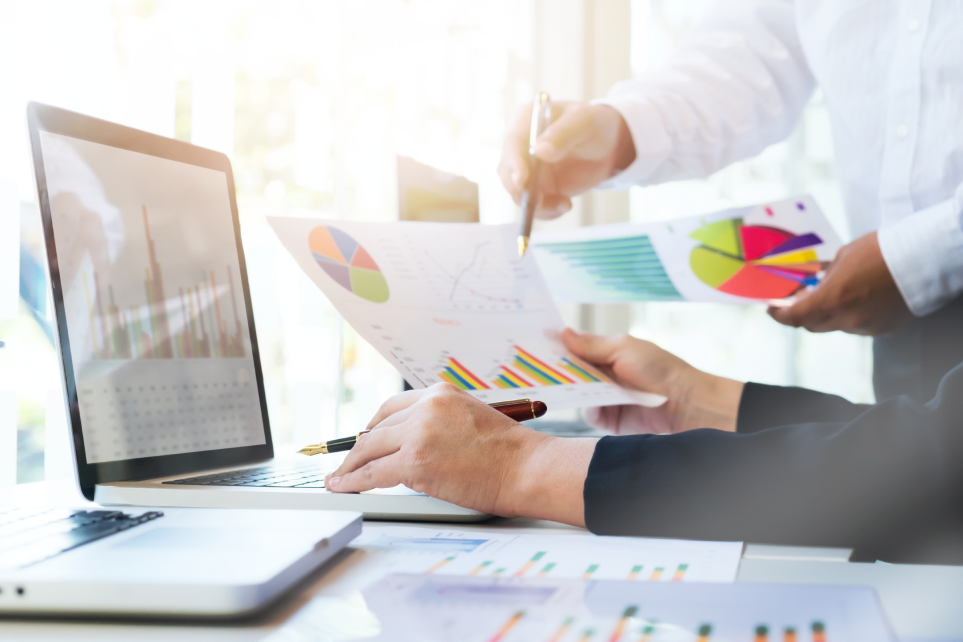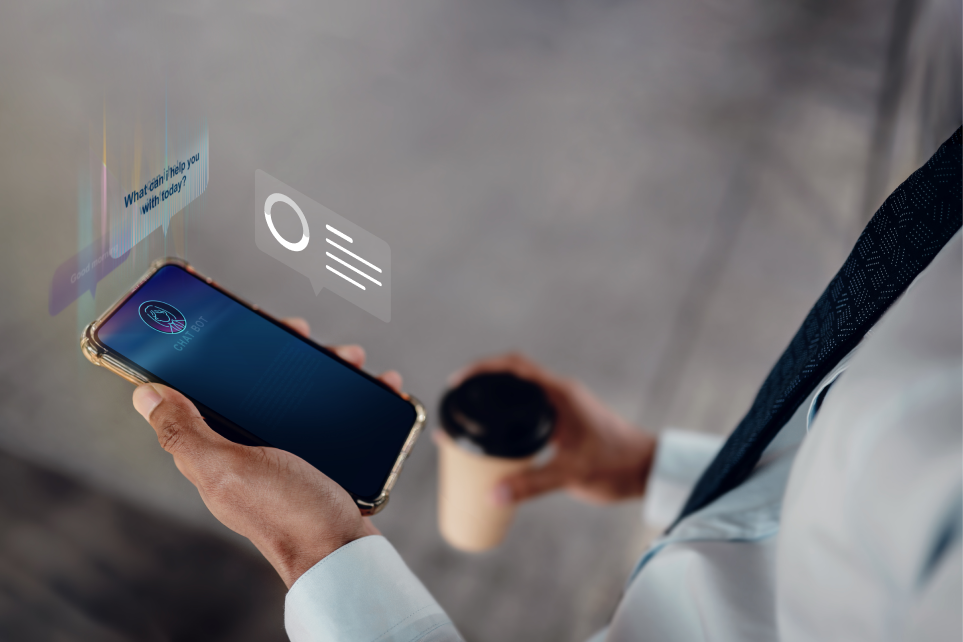Perennial Profitability: Transforming a business continuity plan into a profit continuity plan
Perennial Profitability: Transforming a business continuity plan into a profit continuity plan
Business Continuity Plans have been the holy grail of disaster recovery. From focusing on natural events such as fires, floods, or earthquakes–and now pandemics, Business Continuity Plans today are also obsessed with unnatural disruptions and take-downs the likes of terrorist attacks, network outages, and cyber-attacks. The focus on most business continuity plans has been to ensure that “business-as-usual” continues in “business unusual” situations. The idea is to keep a business’s head above water and stay afloat. To stretch that metaphor further, in this survival game, enterprises miss out on the fact that “if they don’t swim, they sink”. And profitability is the oxygen that gives them the stamina to keep swimming.

Businesses must not only survive the cataclysmic events of the day but use them to thrive and grow to reach the next level. To accomplish this goal, they must transform their Business Continuity Plan into a Profit Continuity Plan to achieve what we at Hypersonix call Perennial Profitability.
How do you transition to a profit continuity plan?
The key to making the transition from a Business Continuity Plan to a Profit Continuity Plan is a shift in mindset from reactive to proactive and to predictive and even prescriptive actions. Instead of thinking of the best way to react when disaster strikes, companies must harness their ongoing internal data as well as third-party external data to take affirmative, offensive action.
The supply chain disruptions and shortages that were triggered during the early days of the pandemic remain yet to be resolved, and in most cases, are further exacerbated. Conversations around shortages on Thanksgiving and Christmas are very real. For example, a Midwest grocery chain that harnessed the power of an AI-driven decision intelligence platform like Hypersonix, now has nearly two years of historical supply and demand data at each of their locations.

If and when the next sweeping health epidemic or pandemic strikes, this retailer will be in a position to not only survive but thrive. For instance, if data from the Centers for Disease Control and Prevention show that cases of a new COVID variant are increasing in one geographic location, this retailer can access its historic and current supply chain data to anticipate an increasing demand for things like sanitizers, specific over-the-counter medications, or even comfort foods like soups. Tapping into the excess inventories of sister stores that are not experiencing such a spike means more efficient use and movement of goods within the chain.
As more customers might prefer to eat homemade food, the retailer also has the option to look at the demand patterns for perishables and ready-to-eat products and respond accordingly. This insight leads to better pricing, promotion and assortment strategies that result in much lesser waste. In addition, this location may shift its employee focus to increase delivery or curbside pickup services during the anticipated spike, ensuring that customer experiences remain at a high level through the wave.
Taking these actions allows this retailer to not only survive the new threat but to meet the needs of the community from a demand perspective, optimize the way it staffs, and thereby maximize sales and profits at the same time.
Laying the foundation now
In order to experience perennial profitability, businesses must be able to collect the right internal and external data on a continual basis and harness the power of that data through artificial intelligence, machine learning, and natural language processing technologies.

The days of making business decisions based on last month’s reports, gut instinct, and experience are gone. Instead, retailers must have access to real-time accurate information that can help managers and associates make the best decision in the moment, learning from every choice that is made to fuel the next decision.
A store manager must be able to ask a virtual assistant a question such as, “Tornado warnings are in the area, and I have three cases of excess broccoli that needs to be sold within two days. What is the right price point?” A solution like Hypersonix can consider typical store traffic during those specific days of the week, what happened to demand last time there was a tornado warning, and the price points of broccoli for local competitors–and then deliver an immediate price suggestion that can be printed out using a handheld pricing device. Two days later, data about whether all the broccoli was liquidated successfully or not is fed back into Hypersonix for the next similar scenario.
To learn more about how to transition from business continuity to perennial profitability, reach out to Hypersonix today.


.png)
.png)


